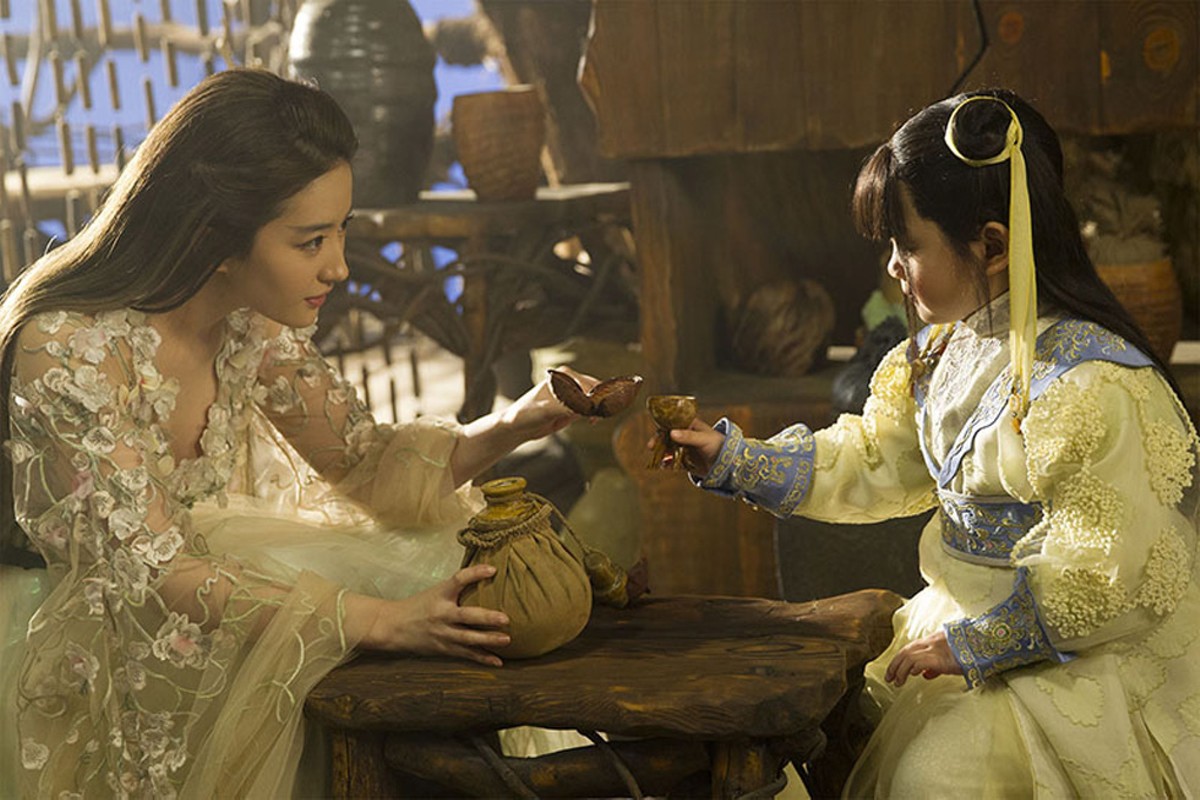While Disney dominates most of the U.S. fairytale market, the Chinese film Once Upon a Time (directed by Anthony LaMolinara and Xiaoding Zhao), which opens on Friday at Cinemark Valley View, offers a welcome entry into the genre.
It's refreshing to see any kind of fairytale-oriented story that's not a live (and unnecessary) reincarnation of a 1990s Disney film. Once can only see so many of those beloved childhood films razed over with dazzling but hollow special effects, along with horrifically Auto-Tuned renditions of classic soundtracks, before it gets old.
Once Upon a Time is a welcome reprieve from this recent string of live-action adaptations of already-done fairytales, as well as the 20-plus more that Disney plans to release in the near future. (Aren't Reese Witherspoon's efforts best exerted somewhere besides playing another Tinkerbell?)
The film, based on the TangQi Gongzi novel Three Lives Three Worlds, Ten Miles Peach Blossoms, opens with Bai Qian (Liu Yifei), an immortal empress with a tumultuous past life. Her animal sidekick and family push her to marry a prince, 90,000 years her junior, but she balks at the idea; she's still in love with a royal from her past life, Ye Hua (Yang Yang.)
Their story is even more complicated than this; he's reincarnated in present time, giving the pair the ability to be together again. But they're both haunted by the mother of his son, Su Su (also played by Liu Yifei), and their war-torn pasts. As the film jumps between realms and timelines, against a backdrop steeped in magic and ambiguous mortality, it recalls 2007's Stardust.
Once Upon a Time's plot is a bit overambitious and therefore hard to follow; there are a few too many clans, royals and dimensions to try to make sense of, and too much of the film is spent dissecting the characters' chaotic past lives. However, part of this can be blamed on the English subtitles, which don't always translate seamlessly. To fully comprehend Once, you'll need to watch it intently (or maybe just watch it twice.)
The film may be worth viewing just for its scenery; its characters reside in an Alice in Wonderland-esque dreamland of lush forests and an equally impressive underwater realm. A particularly stunning scene is one in which the Empress, along with her new husband and son, releases a lantern into the sky; the flickering landscape around them, complete with shooting stars, is precisely what comes to mind when one thinks of how a fairytale film should look.
When watching an American-made fairytale film, you know what to expect. You know that the Beast turns human, the Snow Queen thaws and the bad guy dies. Generally, this isn't the case for foreign fantasy films.
Once Upon a Time, and other foreign films like it, may not have the budget (and, consequently, the quality of special effects) Americans are accustomed to. But what they lack in effects, they make up for in creativity. Plus, many elements of classic fairytales are still present in this case (including a delightful animal sidekick, gorgeous costumes and a rebellious royal), so it's likely not too great a leap outside your comfort zone.










